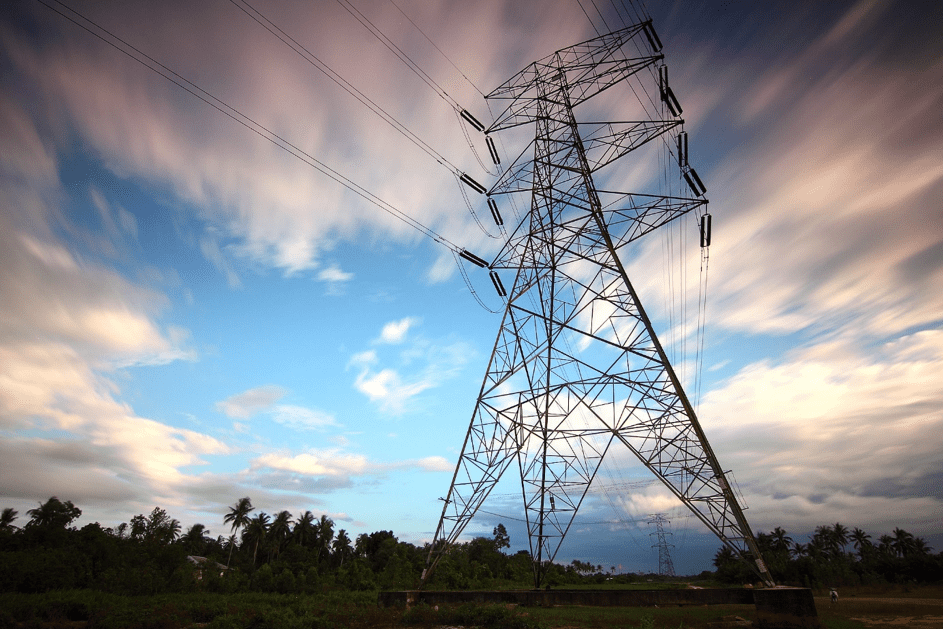Author: Nurettin Mert AYDIN, Group Manager (Energy)
Some might argue that there is nothing special about energy systems software compared to other disciplines. However, this is not eventually the case. Advanced energy systems software often makes use of data pipelining or at least there should be some sort of automated process to gather, process and analyze sensor data to build smarter systems that not only improve safety of everyday lives and make life easier, but also cuts down unexpected or recurring costs. The last step of data pipelining consists of analysis of collected data manually, automatically or both.
Collecting data from endpoints (sensors, hubs, etc.) is not an easy process. There are certain standard protocols used all over the globe but in order to provide better integration and flexibility you need to have an efficient internal mechanism. That mechanism would be used to translate input data to an intermediate format to support and monitor internal data flow and data-at-rest.
Real-time input (sensor) data is usually tagged with accurate timestamps and a big pool of time-series data would be available to satisfy the hunger of data analytics algorithms and experts. Predictive analytics and predictive analysis are quite applicable to this sort of data to observe trends in order to make predictions about the future. When should I expect to replace a crucial unit? When should I apply maintenance? Under what conditions should I expect irrelevant data? You will be surprised to find out what sort of questions can be answered with the following approaches.

Predictive analytics, in a traditional manner, often requires a domain expert (human interference) to make decisions and extractions. However with today’s computational power and distributed architecture possibilities, we can easily apply artificial intelligence approaches (namely, machine learning and deep learning) to propose assumptions in an autonomous manner.
What are the added values of such approaches to energy systems?
1-Robust systems
Identification of problematic units in advance will provide a seamless function flow for mission and / or safety critical energy systems.
2-Secure systems
If the endpoints (sensors, hubs, etc.) are altered or tampered by cyber or physical attackers, their unexpected contribution to the system could be observed easily. Immediate cuts or boosts can be observed via traditional alarm management systems but hey, attackers are smarter than ever and they will inject attacks based on a pattern that cannot be detected using traditional methods.
3-Optimized systems
With the help of artificial intelligence applications, systems will be evaluated easily and frequently to detect redundant infrastructural formations, resulting in decent and minimal systems, cutting down extra costs and human power to monitor and manage the systems.
Most energy systems software rely upon hardware infrastructures that are prone to failures or glitches and undoubtedly service, maintenance, upgrade and replacement consumes time and accrue costs. Considering mission and / or safety critical processing expectations of these systems, we need smart systems to help users avoid these problems. With the help of artificial intelligence, that is not a big issue any more.



